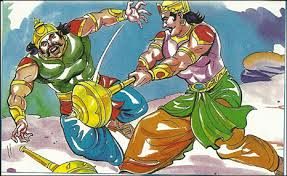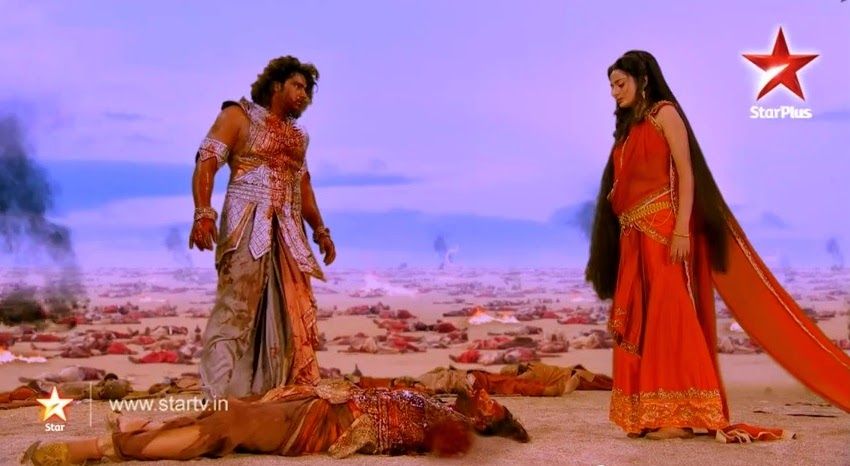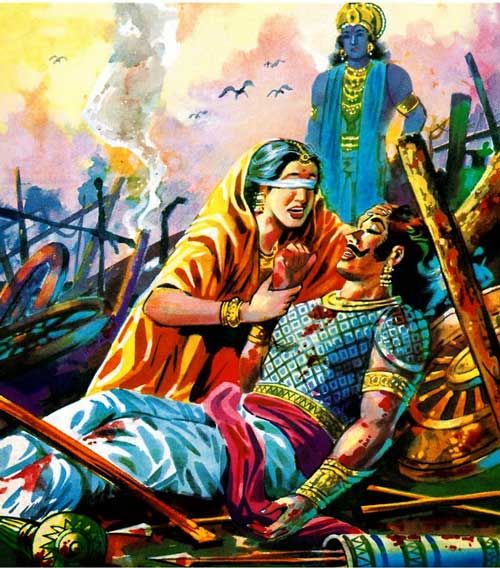Duryodhan: Villain Or Humane?
Apr 21, 2019 • 302 views

Mahabharata is one the longest epic poem ever written in human history. Originally being written by Vyasa muni it falls in the category of Itihasa as Vyasa claimed to have eye-witnessed all these events and then accounted it in the form of a poem of almost 100,000 shlokas (each shloka is one couplet: two lines). Being an epic depicting Indian History has been adapted several times on as tv serials from different perspectives. but Amidst all these popular media entertainments, there are several plays adapted from Mahabharata which just lie on bookshelves in libraries or in online archives which are read and researched upon only by literature enthusiasts.

One such adapted version of Mahabharata is Urubhangam (English: The Breaking of the Thighs) written by Bhasa in the 3rd century. As we commonly know Duryodhana in Mahabharata is portrayed as a negative character who is virtueless and selfish. but Bhasa in Urubhangam has tried to show Duryodhana in some Positive light giving him some humane characteristics. The play starts in the battleground of Kurukshetra on its concluding day i.e., 18th day. The fight between Duryodhana and Bhima is taking place and Bhima defeats Duryodhana by breaking his thighs.

Duryodhana is left alone in pain to die in the lake and to give him solace Balarama arrives. In Mahabharata originally on this scene the full evil instincts of Duryodhana is portrayed as he doesn't take his unjust defeat going in vain and spews venomous abuses, which was a perfect mixture of logic and anger which was directed against Pandavas ( he called them Kaunteya as they were not the real sons of Pandu and thus never even considered them brothers) and Specifically towards Krishna where he calls him cunning and real reason of his defeat ( as Krishna was the one who signaled Bhima to break Duryodhana's thighs). But despite all cursing, he glorified his life span and claimed that he lived a better life than anyone else. This particular scene is Mahabharata is a point where we get to see the epitome of evilness in Duryodhana and his death is a kind of relief for the reader as well as the viewers ( of tv serials).

But this very scene makes Urubhangam different from Mahabharata as in this scene Duryodhana is obviously angry about his broken thighs but he accepts his suffering as his destined fate. He praises Krishna's divinity and calls him Hari. By bringing the concept of Faith and divinity towards something beyond humankind i.e., God, Bhasa is trying to rehumanize the character of Duryodhana ( as the general concept of getting redemption from evil is following the path of faith or religion). Bhasa also improvised the intensity of this scene by bringing Duryodhana's mother, Gandhari, his wife and his son, Durjaya in the battleground to visit Duryodhana which enhances the sentiments of pity towards the dying warrior and also enhance the dramatic effect of this death.

The last but not the least, Bhasa tried to incite the hope for future of Kaurava dynasty by including the coronation scene of Durjaya by Balarama whereas in Mahabharata there is no such description. This reflects a very important point which many scholars may not have agrued about yet but Religion or faith plays a very important role in the societal life of an individual. The whole process of rehumanizing and dehumanizing any character in any play or any person in real life becomes very easy when the tool being used in FAITH.
